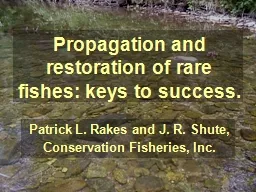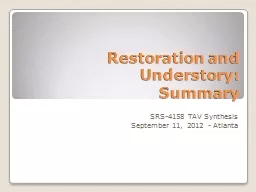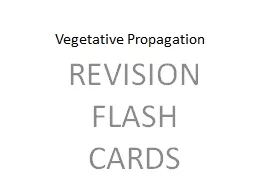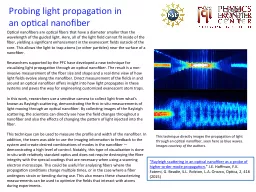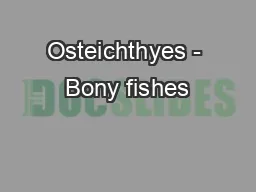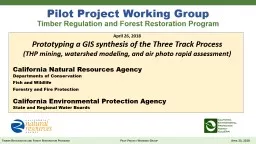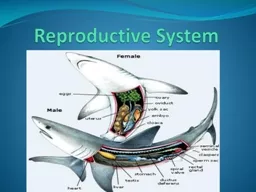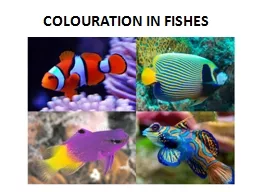PPT-Propagation and restoration of rare fishes: keys to success
Author : alida-meadow | Published Date : 2016-03-14
Patrick L Rakes and J R Shute Conservation Fisheries Inc Mission Statement Conservation Fisheries is dedicated to the preservation of aquatic biodiversity and
Presentation Embed Code
Download Presentation
Download Presentation The PPT/PDF document "Propagation and restoration of rare fish..." is the property of its rightful owner. Permission is granted to download and print the materials on this website for personal, non-commercial use only, and to display it on your personal computer provided you do not modify the materials and that you retain all copyright notices contained in the materials. By downloading content from our website, you accept the terms of this agreement.
Propagation and restoration of rare fishes: keys to success: Transcript
Download Rules Of Document
"Propagation and restoration of rare fishes: keys to success"The content belongs to its owner. You may download and print it for personal use, without modification, and keep all copyright notices. By downloading, you agree to these terms.
Related Documents

